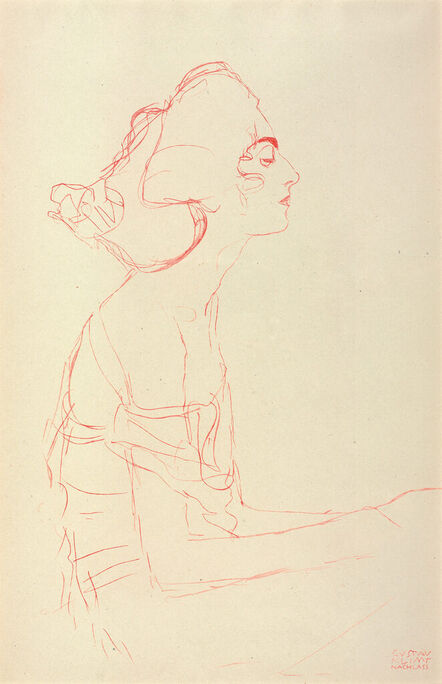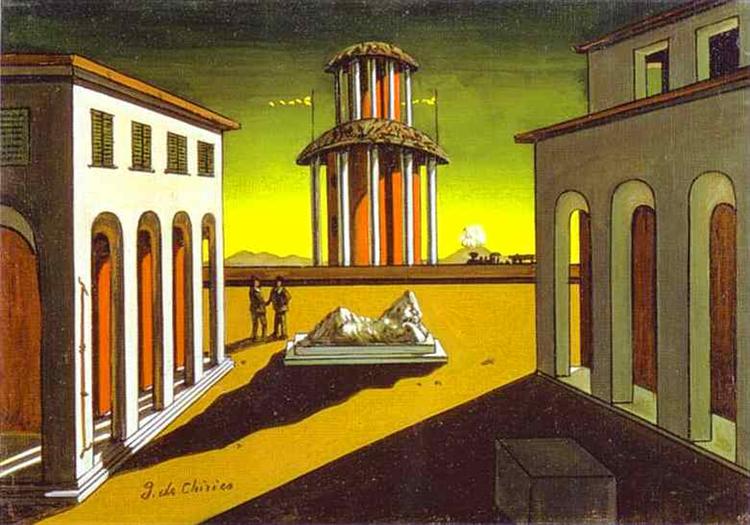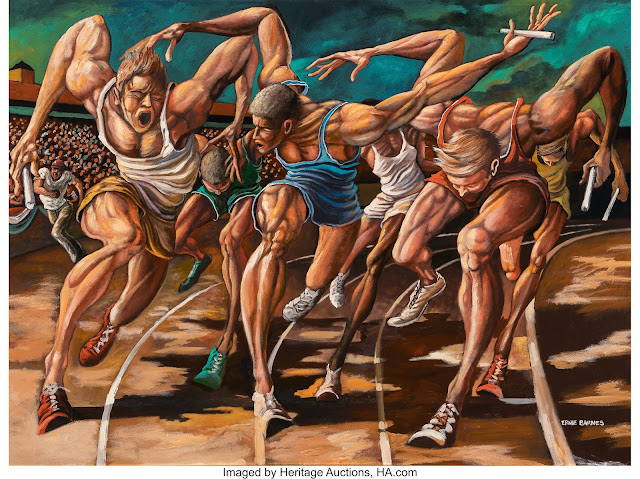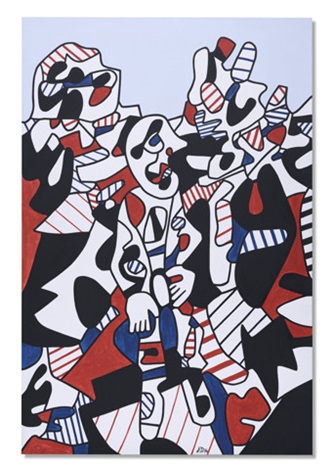One of the highlights is
Female Nude, Leaning on Her Arm (1912), a gouache with watercolour and pencil by Egon Schiele, a leading figure of Viennese Modernism. The work presents an unusual pose seen from above, with the model’s body twisting in opposing directions and her head dramatically inclined downward. The sitter is believed to be Wally Neuzil, Schiele’s long-time companion (estimate €400,000–600,000).
Also featured is a pencil drawing by Schiele’s contemporary and friend Gustav Klimt, Reading or Singing from the Front, from around 1907, offered with an estimate of €40,000–60,000.
Modern Landscapes
Pierre-Auguste Renoir, following his 1881 journey to Italy, immersed himself in the tradition of classical landscape painting. Seeking an Arcadian vision, he found inspiration in the untouched scenery of southern France. It was in Cagnes-sur-Mer—home today to the Musée Renoir—that he created
Paysage à Cagnes in 1898. This painting exemplifies Renoir’s dedication to Impressionist ideals, especially the practice of painting en plein air (€220,000–330,000). Dreamlike and poetic,
Marc Chagall’s Le retour au village reveals a night-time rural scene bathed in deep blue, interwoven with recurring themes dear to the artist: lovers, a floral bouquet and the moon (€200,000–300,000).
Giorgio de Chirico’s metaphysical composition Piazza d’Italia is expected to fetch €250,000–350,000.
Carl Moll evokes the freshness of spring in Garten in Döbling (1908), a depiction of a verdant park once owned by Dr Julius Tandler, a notable social reformer of interwar Red Vienna (€100,000–180,000). In contrast, Alfons Walde offers a wintery alpine vista with his snow-laden mountain scene Rast (€70,000–130,000).


.jpg/1280px-Pierre-Auguste_Renoir_-_Paysage_%C3%A0_Cagnes_(ca._1898).jpg)






















